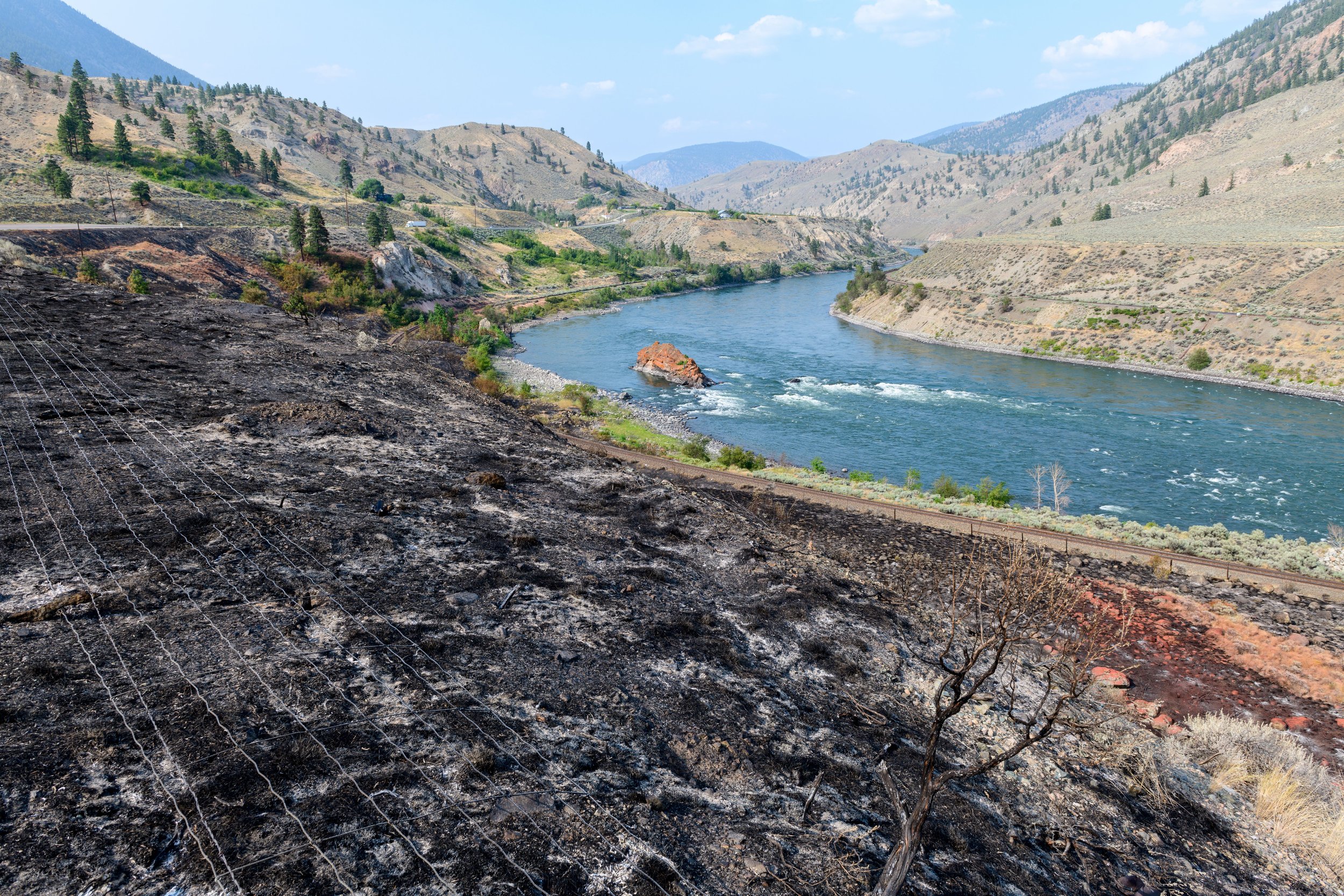Resources
The following resources are available to support your environmental and energy justice projects. The Northwest Environmental Justice Center will keep this list as up-to-date as possible. Using the filter options below, we hope you find what you are looking for. Please use and share these resources.
If you have questions, need further assistance, or are seeking a specific resource you do not see here, please request technical assistance or connect with us.
Have a valuable resource you’d like to share with others? Let us know and we’ll add it to our list.

The Public Environmental Data Partners are committed to preserving and providing public access to federal environmental data. They are a volunteer coalition of several environmental, justice, and policy organizations, researchers across several universities, archivists, and students who rely on federal datasets and tools to support critical research, advocacy, policy, and litigation work.
These exist at https://screening-tools.com/ and include tools such as the Climate and Economic Justice Screening tool. These are an unofficial copy of the tool. They are working on an overhaul, but in the meantime some links and text may incorrectly suggest that this site is affiliated with the US Government.
They will continue to update this in the coming days.They will also be adding more climate and environmental justice datasets and tools in coming days/weeks, including most likely EJ Screen.
The Puget Sound Clean Air Agency has created the resulting map providing multiple opportunities to serve communities, utilizing environmental justice grants and emission reduction projects.
Our overburdened communities are those with a combination of poorer health outcomes, more air pollution sources, and whose residents face socio-economic barriers to participation in clean air decisions and solutions. To identify our overburdened communities, they combined information from multiple trusted sources, including their own Community Air Tool, Washington State’s Environmental Health Disparities Map, Washington State Department of Ecology’s Overburdened Communities, and EPA’s Environmental Justice Screening and Mapping Tool.
The Water Hub has created digital resources to inspire federal water infrastructure investments including green infrastructure and community water projects. Here you can find messaging, social media toolkits, and fact sheets.
Training Resources for the Environmental Community (TREC) compiles toolkits, resources, and webinars. Toolkits include topics like financial planning, staff management, and strategic planning. The extensive resources page includes topics such as diversity, equity and inclusion, financial management, and leadership. 60-minute webinars presented by nonprofit trainers and consultants cover important aspects of nonprofit leadership, financial management, fundraising, diversity, equity and inclusion, and more.
This funding tool is designed to help communities identify, compare, and prioritize federal funding, tax credits, and other incentives across multiple federal agencies. The tool focuses on decarbonization efforts, including electricity, transportation, buildings, and resilient energy systems. It does not exhaustively capture federal resources for other topics.
The HUD Funding Navigator provides a listing of funding opportunities under the Inflation Reduction Act (IRA), Bipartisan Infrastructure Law (BIL), and others across federal agencies to support efforts to enhance climate resiliency, energy efficiency, renewable energy integration, healthy housing, workforce development and environmental justice in HUD supported communities, programs, and properties.
A regularly updated table of clean energy funding opportunities for American Indian Tribes and Alaska Native communities from the Department of Energy’s Office of Indian Energy.
A regularly updated table of DOE Clean Energy Infrastructure Program & Funding Announcements.
A regularly updated table of EPA Funding Announcements from the Bipartisan Infrastructure Law and the Inflation Reduction Act.
The mapping tool highlights census tracts that the Department of Energy consider disadvantaged. Disadvantaged communities were identified using 36 indicators related to fossil fuel dependence, energy burden, environmental and climate hazards, and socio-economic vulnerabilities.
The Lens is designed to help institutions identify inequities and achieve transformational change. The Lens includes an assessment with guiding questions around connection to people, connection to place, and connection to process and power.
The toolkit is designed to help policymakers, advocates, and others consider racial equity. The tool was informed by case studies and includes a step-by-step guide to gather information, engage stakeholders, identify and assess policy holes, and evaluate outcomes.
The assessment tool outlines 10 questions to better understand the potential consequences of actions of different racial groups and to help advance equitable impacts.
The toolkit was developed to support organizations work towards racial equity in their operations, programming, workplace culture, governance, partnerships, and advocacy. The tool includes background on racial justice and racial equity and a variety of assessments, guiding questions, and exercises to create equity-minded organizations.

"We're in a moment of big challenges yet also exciting and big opportunity. It is through working together and bringing our collective strengths that we have the chance to make meaningful change with communities across Alaska, Idaho, Oregon, and Washington. Our Center will strive to work together with you in your efforts."
-Tyler Wagner, Interim Co-Director, Northwest Environmental Justice Center
